Beautiful walnut "sauteuse"chest of drawers, opening with two rows of drawers and featuring agenerous crossbow movement.
Finely carved on the uprights withlambrequin offcuts, it rests on arched doe-hoof legs topped withacanthus leaves.
The side and front crosspieces areaccented with a ribbon cord and carved with acanthus leaves, shells,and a large, asymmetrical, deeply carved shell on the front apron.
Beautiful ornamentation of chased andgilded bronzes. Note the lock escutcheons featuring lions resting ona mascaron and bearing a crowned double-headed eagle. The drophandles feature the motifs of crowned rampant lions and mascarons. Anexactly similar bronze fitting is affixed to a sideboard, illustratedon pages 5 and 34 of the book "Hache Cabinetmakers in Grenoble"published by Glénat.
In addition to its characteristicdecorations, our chest of drawers, although not stamped, possessesthe technical manufacturing qualities specific to Pierre Hache, acabinetmaker from Grenoble in the early 18th century:
At the drawer level, the crosspiecesare keyed, using the technique invented by Pierre Hache for naturalwood furniture.
The back is nailed horizontally intothe rebates of the rear uprights.
Since the edge of the top is quitethick, the bec de corbin was given the characteristic thinning in theworkshop to give it a pleasing visual thickness.
A model similar to ours is presented onpage 275 of the book by Pierre and Françoise Rouge, "Le Géniedes Hache" published by Faton.
Dimensions
L. 136 cm x H. 86 cm x D. 71 cm
France – Grenoble
Beautifully patinated walnut
Pierre Hache (December 28, 1705 –June 3, 1776)
Pierre Hache worked from 1725 in hisfather Thomas's workshop, on Place Claveyson in Grenoble.
In 1757, like his father, hereceived the brevet of Guard and Cabinetmaker from the Duke ofOrléans.
He left behind large commodes inAlpine wood marquetry, carefully crafted but generally treated in arather heavy style, still readily inspired by the Louis XIV andRégence styles.
Lighter and very typical, commodesresting on arched crowbar legs seem to prefigure the Louis XV-LouisXVI Transition models. His fame surpassed that of his father, Thomas,whom he succeeded, but it would be surpassed by that of his sonJean-François Hache, who would take over from him.
Ref: 18th Century French Furniture -Pierre Kjellberg






















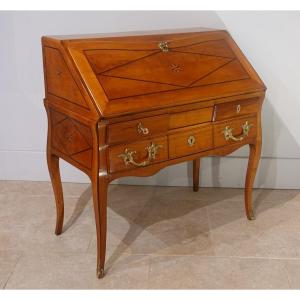

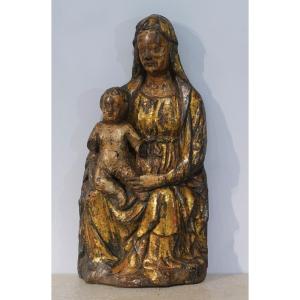

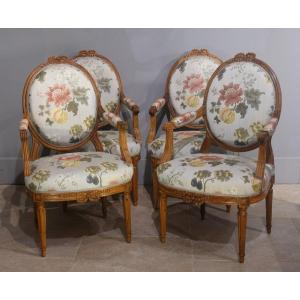







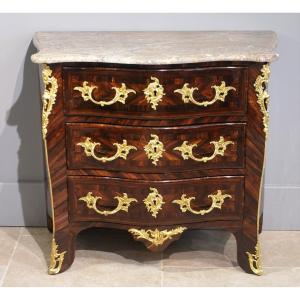
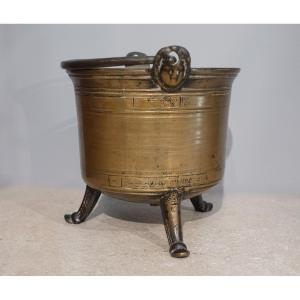



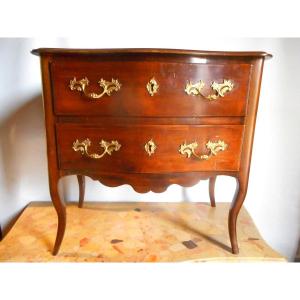
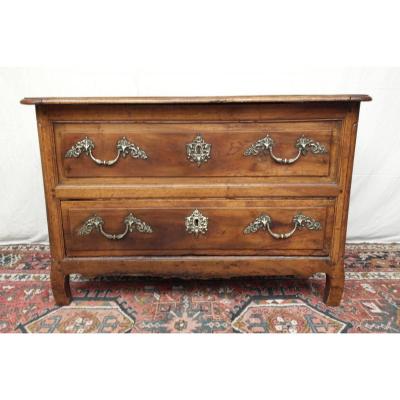
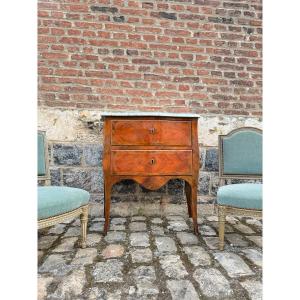



 Le Magazine de PROANTIC
Le Magazine de PROANTIC TRÉSORS Magazine
TRÉSORS Magazine Rivista Artiquariato
Rivista Artiquariato